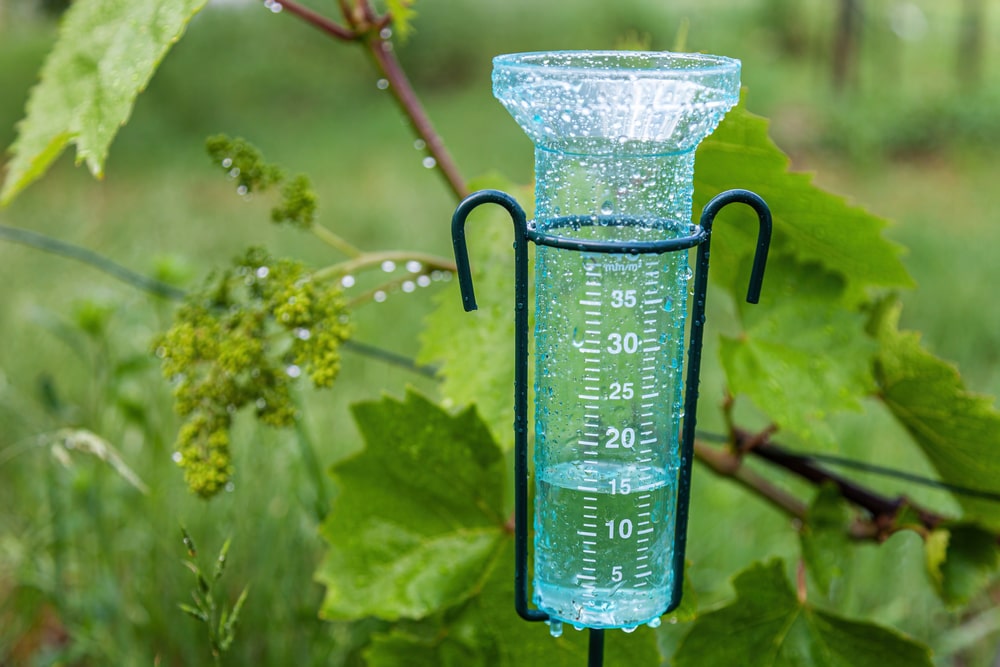Boy, we’ve had a lot of rain recently! What does this all mean for our vegetable gardens? We’d better learn words like anthracnose, blight, and powdery mildew. These are all fungal diseases that thrive in wet weather. So here’s a quick overview:
- Anthracnose—attacks both deciduous and evergreen plants. Anthracnose is characterized by dark lesions on leaves, stems, and even flowers. Leaves may drop prematurely.
- Black Spot—dark spots on rose leaves that eventually turn yellow and drop.
- Early Blight—large dark spots with yellow edges.
- Late Blight—large dark spots with purplish edges.
- Brown Patch—a lawn fungal disease characterized by patches of yellow and browning grass in your lawn.
- Powdery Mildew—looks like a whitish film on foliage and can affect both mature and new leaves.
- Septoria Leaf Spot—tiny brown specks on foliage. Leaves turn yellow and drop.
Yes, there are others, but these are most common.
What to do?
Number one, clean up weeds and debris in and around your garden! These can host spores that can keep re-infecting your plants.
Be sure to avoid handling plants when wet because it’s easier to spread disease. When pruning damaged or diseased foliage, clean pruners with alcohol before moving to another plant to avoid spreading the disease. If it’s just a few leaves, pick them off; otherwise, treat the plant with a sulfur spray or Neem oil.
There are other things to remember:
Be sure to dump extra water out of plant saucers on decks or patios—to protect those water-logged roots, but also that mosquitoes don’t have a convenient place to lay their eggs. Remember to check other places standing water can collect.
Check under those saucers (and under any rocks or boards near your garden) for slugs and earwigs.
For potted plants on decks AND indoor plants (that haven’t been getting the sun they need), watch out for fungus gnats. These annoying little gnats fly around your plants, laying their eggs so the larvae can feed on decaying organic debris in the soil. To get rid of them, add four tablespoons of bleach to one gallon of DAY-OLD water (draw water the night before and allow it to stand overnight), then drench the soil. This will kill larvae in the soil.
Expect a few yellow leaves at the bottom of plants—not just from the abundance of water but from insufficient sunlight. Keep an eye on plants that like hot, dry weather (like lavender, rosemary, and certain other herbs). Make sure you check the soil before watering.
One More “To Do” If You Have Automatic Sprinklers
And for those with automatic sprinklers (like my neighbor down the street), CUT THEM OFF on rainy days—boy, I’d hate to see his water bill!
By taking these simple steps, you’ll support your veggie garden, which will return the favor by giving you a delicious harvest.

